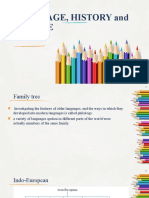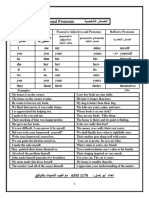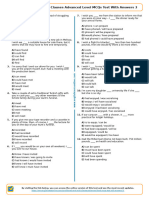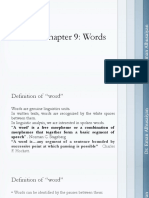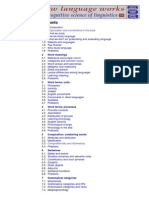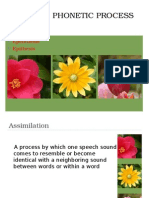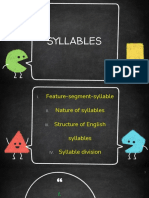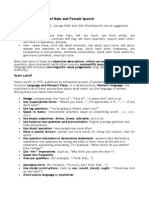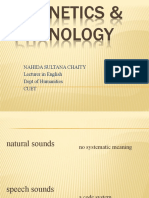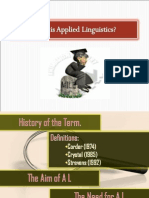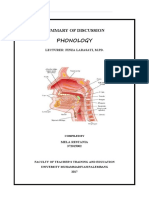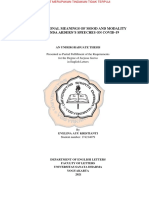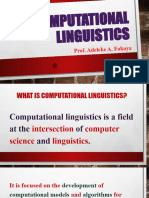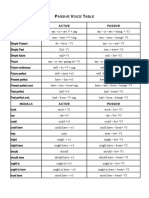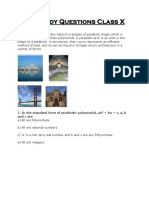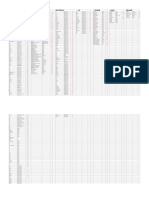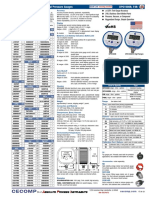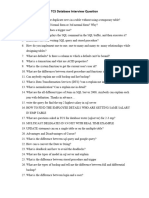0% found this document useful (0 votes)
113 views17 pagesSoft Computing
The document discusses soft computing, which refers to computational techniques based on artificial intelligence that provide cost-effective solutions to complex real-world problems. It covers the history and components of soft computing, including fuzzy logic, neural networks, genetic algorithms, probabilistic reasoning, and swarm intelligence. Applications include pattern recognition, natural language processing, recommendation systems, and more. Advantages are the ability to handle uncertainty and nonlinear problems, while disadvantages include providing approximate solutions and lack of transparency. Recent developments incorporate explainable AI, federated learning, and edge computing.
Uploaded by
nupurbopche633Copyright
© © All Rights Reserved
We take content rights seriously. If you suspect this is your content, claim it here.
Available Formats
Download as PPTX, PDF, TXT or read online on Scribd
0% found this document useful (0 votes)
113 views17 pagesSoft Computing
The document discusses soft computing, which refers to computational techniques based on artificial intelligence that provide cost-effective solutions to complex real-world problems. It covers the history and components of soft computing, including fuzzy logic, neural networks, genetic algorithms, probabilistic reasoning, and swarm intelligence. Applications include pattern recognition, natural language processing, recommendation systems, and more. Advantages are the ability to handle uncertainty and nonlinear problems, while disadvantages include providing approximate solutions and lack of transparency. Recent developments incorporate explainable AI, federated learning, and edge computing.
Uploaded by
nupurbopche633Copyright
© © All Rights Reserved
We take content rights seriously. If you suspect this is your content, claim it here.
Available Formats
Download as PPTX, PDF, TXT or read online on Scribd
/ 17



